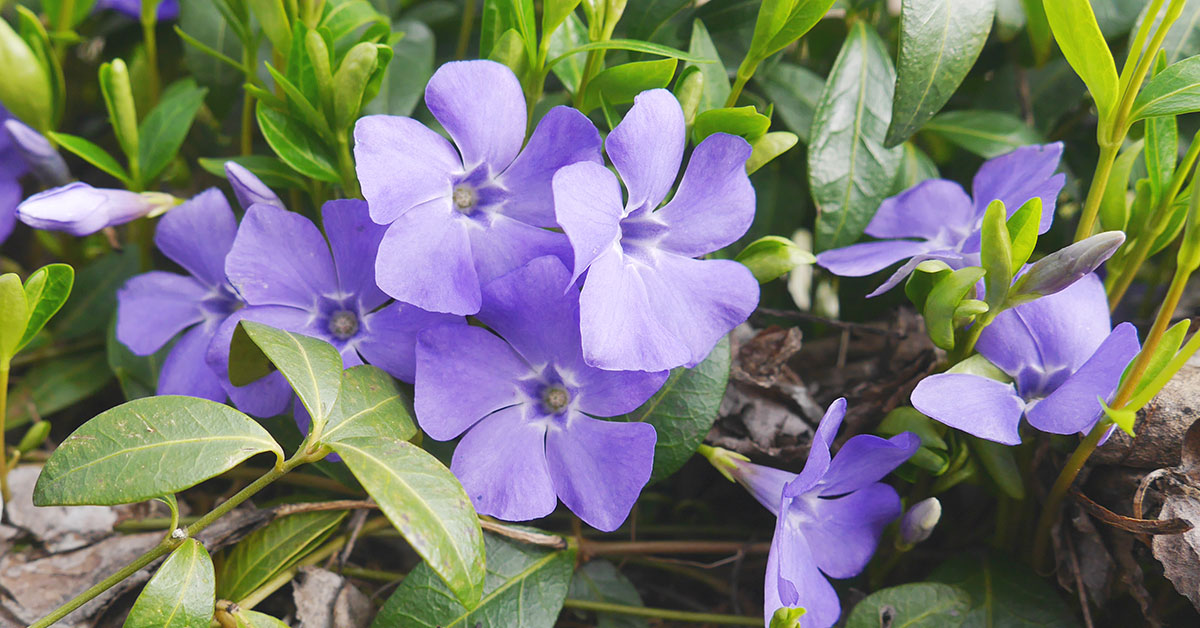Vinca, also known as periwinkle, is a popular flowering plant that adds vibrant colors and lush foliage to gardens, landscapes, and containers. To ensure its optimal growth and blooming potential, choosing the right fertilizer is crucial. With a wide range of options available, finding the best fertilizer for Vinca can be a daunting task. However, understanding the specific nutritional needs of this plant and considering factors such as soil conditions, growth stage, and environmental factors can help guide your decision.
In this article, we will explore the various types of fertilizers suitable for Vinca, their nutrient compositions, and application methods to help you make an informed choice and achieve the healthiest and most beautiful Vinca plants possible.
Do Vinca plants need to be fertilized?
Vinca plants can benefit from fertilization for optimal growth. Fertilizers provide essential nutrients that may be lacking in the soil, promoting healthy foliage, abundant blooms, and overall plant vigor. However, Vinca plants are generally considered low-maintenance and can tolerate a wide range of soil conditions. If the soil is already rich in nutrients, additional fertilization may not be necessary. It is always recommended to perform a soil test to determine the nutrient levels and specific fertilizer requirements for your Vinca plants.
The best fertilizer for Vinca
The best fertilizer for growing Vinca, also known as Periwinkle, is a balanced, slow-release fertilizer with a ratio of 10-10-10 or 14-14-14. This means it contains equal amounts of nitrogen (N), phosphorus (P), and potassium (K). Vinca plants have moderate nutrient requirements, and a balanced fertilizer will provide them with the necessary nutrients for healthy growth.
Additionally, Vinca plants prefer slightly acidic soil with a pH level between 6.0 and 6.5. If your soil pH is too high or too low, it can affect nutrient availability to the plants. Therefore, it’s a good idea to periodically test your soil’s pH and adjust it if necessary using soil amendments.
When applying fertilizer to Vinca, follow the instructions on the fertilizer packaging for the correct application rate. It’s generally recommended to apply fertilizer in early spring, just before new growth starts, and then again in mid-summer to provide a boost of nutrients during the growing season.
Remember to water the plants thoroughly after applying fertilizer to help the nutrients reach the plant’s root zone. Over-fertilizing can lead to excessive foliage growth and reduced flowering, so it’s important to follow the recommended application rates and not exceed them.
Lastly, always monitor the plants for any signs of nutrient deficiencies or excesses. Adjust the fertilizer application if needed based on the plant’s response and the specific conditions of your garden.
When to fertilize Vinca
The ideal time to fertilize Vinca plants is in the spring, just as new growth begins. This is usually around late March or early April, depending on your specific location and climate. Fertilizing at this time will provide the plants with the necessary nutrients to support healthy growth and abundant blooms throughout the growing season. It is important to avoid fertilizing Vinca plants during the winter months or late in the fall, as they are typically dormant during this time.
Common issues with fertilizing Vinca
When fertilizing Vinca, there are a few common issues or problems that can arise:
- Over-fertilization: Vinca plants are sensitive to excessive fertilization. Applying too much fertilizer can lead to nutrient burn, causing the leaves to turn yellow or brown and potentially damaging the roots. It is important to follow the recommended dosage and frequency of fertilization.
- Under-fertilization: On the other hand, if Vinca plants are not adequately fertilized, they may suffer from nutrient deficiencies. This can result in stunted growth, pale leaves, and reduced flowering. It is essential to provide Vinca plants with the necessary nutrients to support their growth and development.
- Improper nutrient balance: Vinca plants require a balanced fertilizer that provides essential macronutrients (nitrogen, phosphorus, and potassium) as well as micronutrients (such as iron, magnesium, and zinc). Using a fertilizer with an imbalanced nutrient ratio can lead to nutrient deficiencies or toxicities, adversely affecting the plant’s health.
- Timing of fertilization: Fertilizing Vinca at the wrong time can also cause problems. It is best to fertilize Vinca plants during their active growing season, typically in spring and summer. Avoid fertilizing during periods of dormancy or in extreme weather conditions, as the plants may not be able to absorb the nutrients effectively.
- Incorrect application method: When applying fertilizer to Vinca plants, it is crucial to follow the recommended application method. Fertilizer should be evenly distributed around the base of the plants and gently worked into the soil. Avoid getting fertilizer on the leaves or stems, as this can cause leaf burn or damage.
To prevent these issues, it is advisable to read the instructions on the fertilizer package carefully and follow the recommended guidelines for Vinca plants. Regular monitoring of the plants’ growth and appearance can help identify any nutrient-related problems early on, allowing for timely corrective measures.













